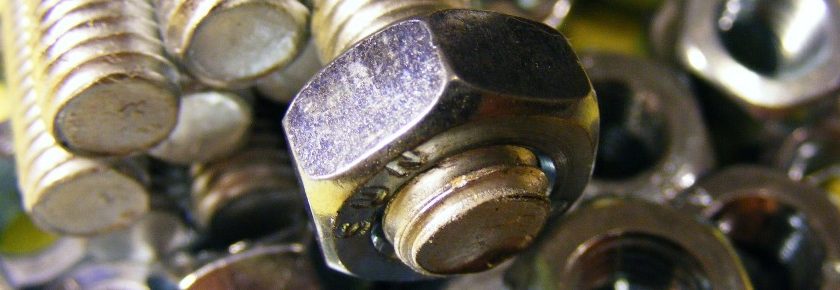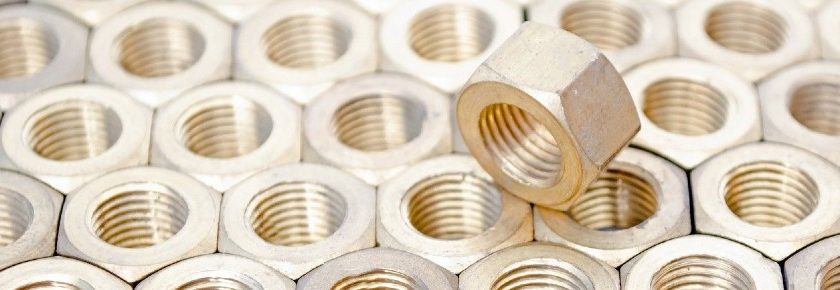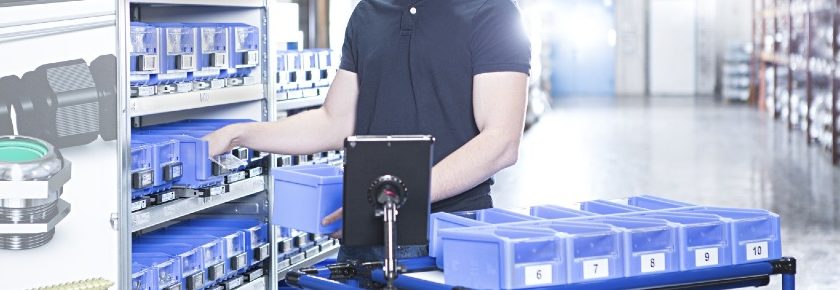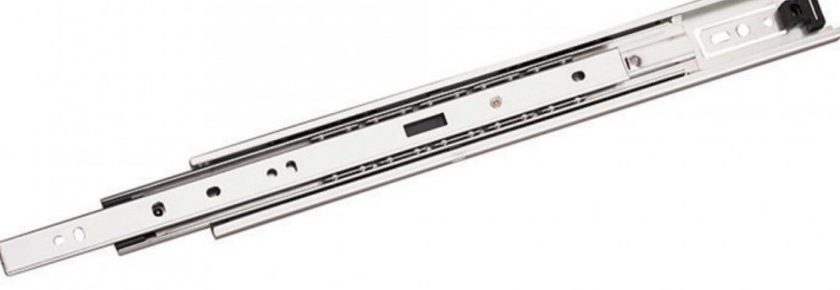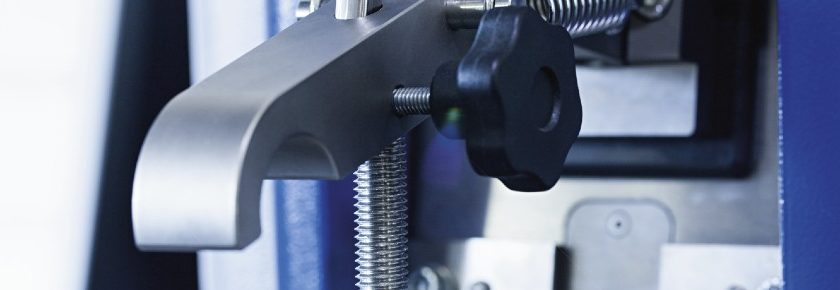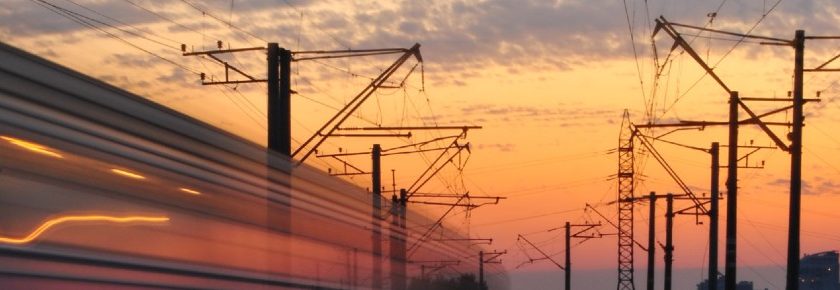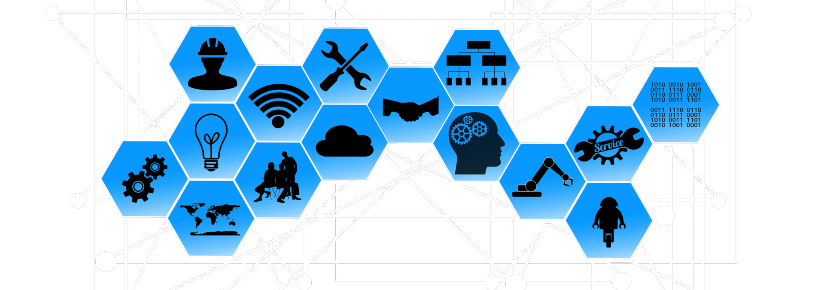As a global leader in modern fastening technology, Bossard takes pride in perfecting its high-quality product solutions for your applications. While the Bossard product portfolio runs the gamut from multifunctional screws to self-clinching fasteners, these products are typically made using one of three methods: machining, cold forming, and hot forging.
Machining
Machining is the method of choice for creating non-standard fasteners in small quantities. The process starts with a round or hex bar placed on a lathe. Throughout the machining process, the required thread and shank geometry is machined from the bar while additional steps, including threading, drilling, and slotting, are taken to create the final product.
The machining process allows manufacturers to create precise fasteners with complex geometry and tight tolerances. The process is also time-consuming and wastes a lot of material, making it unsuitable for high-volume production.
Cold Forming
The most common method of creating standard fasteners is the cold forming process. This method starts with a coil of wire which is straightened and sheared to the appropriate length. The resulting blanks are then fed into a bolt maker and extruded through a series of dies, creating the proper geometry for the fasteners. The fastener heads are then shaped using a series of progressive dies while the external threads are formed on the shank using roll dies.
Speed and reduced waste are two major advantages of the cold forming process. Manufacturers can produce thousands of parts per hour while minimizing costs associated with material waste. But the machines involved in the cold forming process take considerable time to set up, making small production runs unfeasible due to time and cost constraints.
Hot Forging
Hot forging is the go-to method for producing fasteners that can’t be produced via cold forming or machining, including fasteners with very large diameters or lengths. In this process, bar stock is partially heated to very high temperatures and then fed into a press that forms the head shape in one die. This process is often expensive and time-consuming, which is why it’s typically reserved for creating oversized parts. Have other questions about how fasteners are made? Contact us today at ProvenProductivity@bossard.com for more information.

